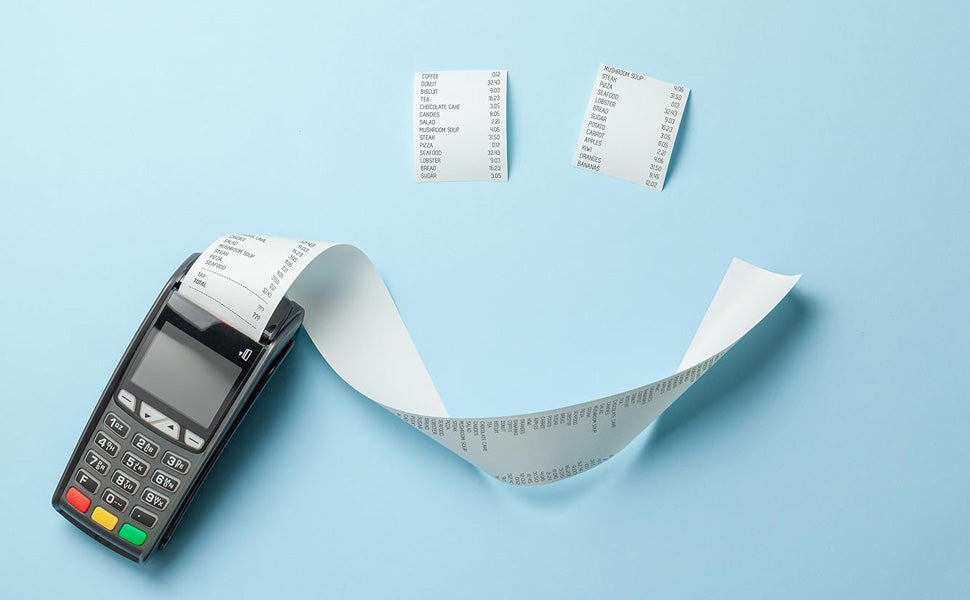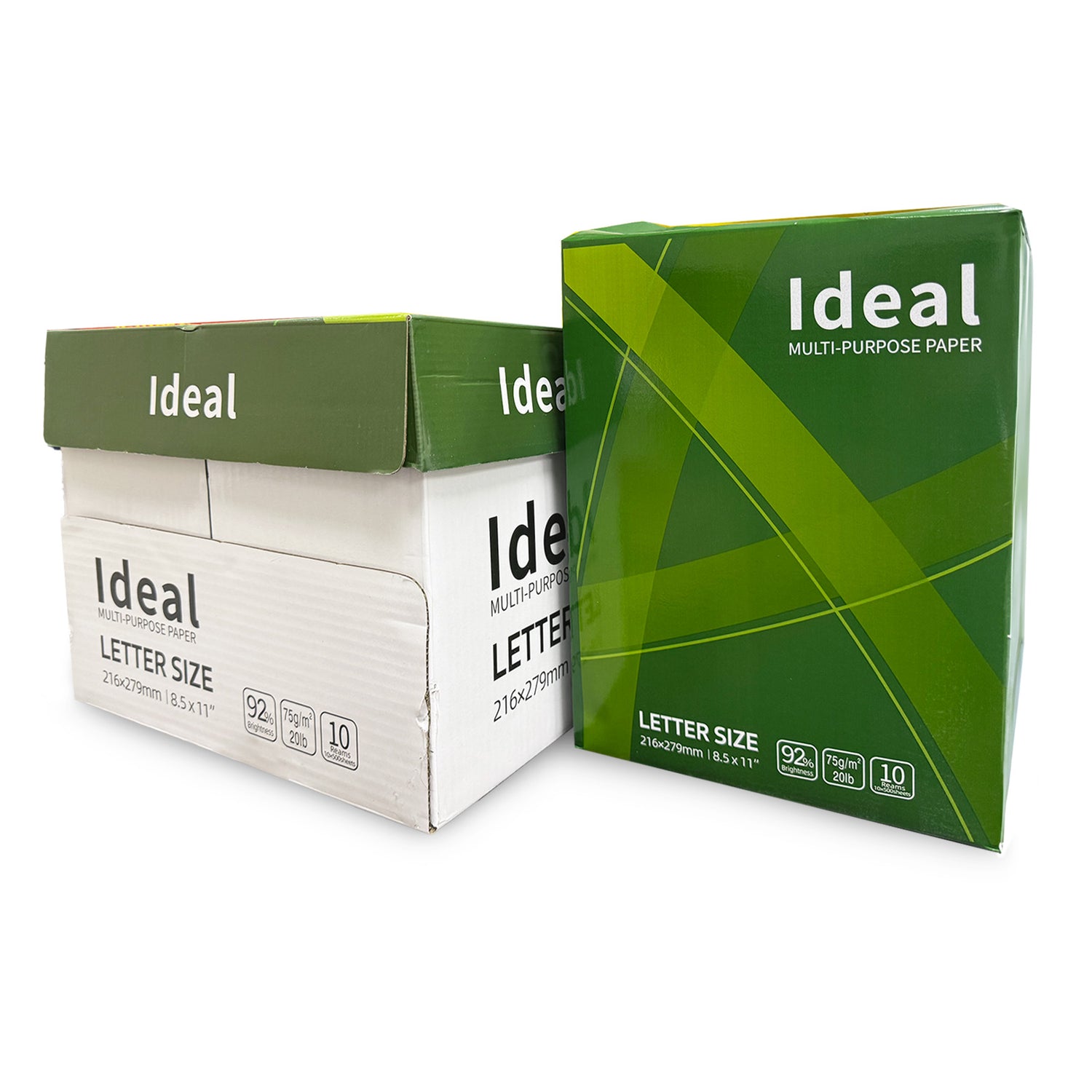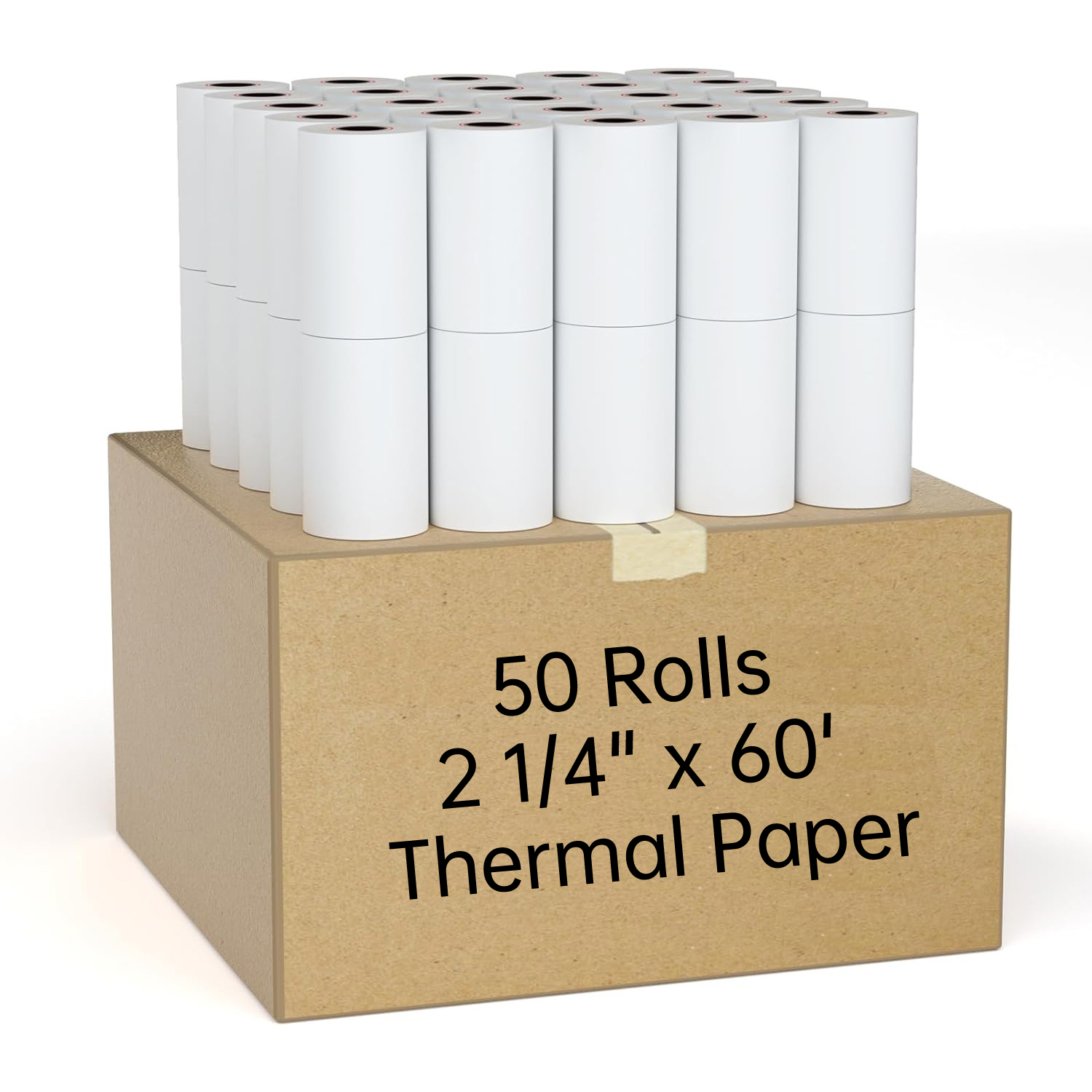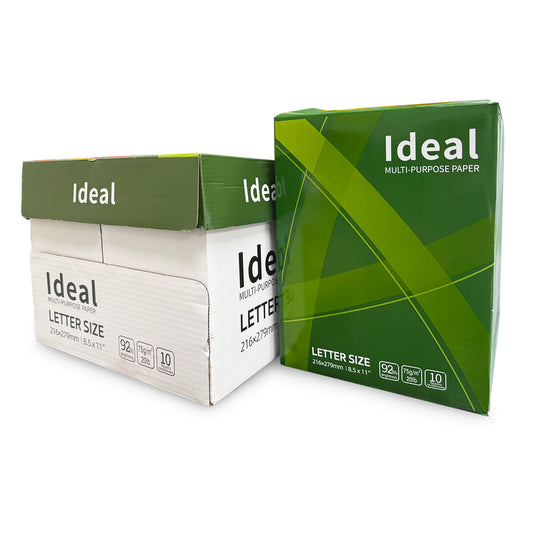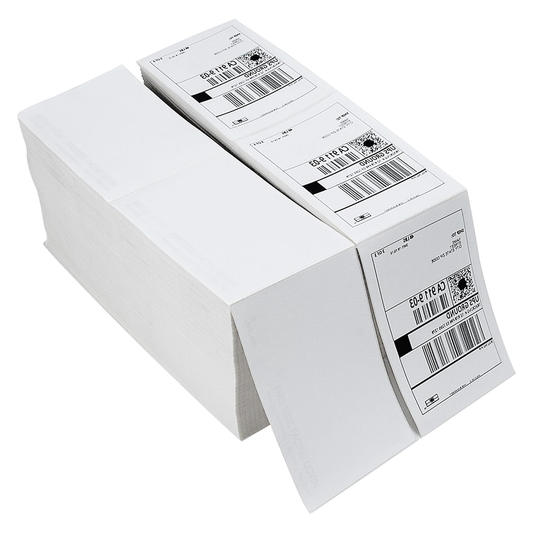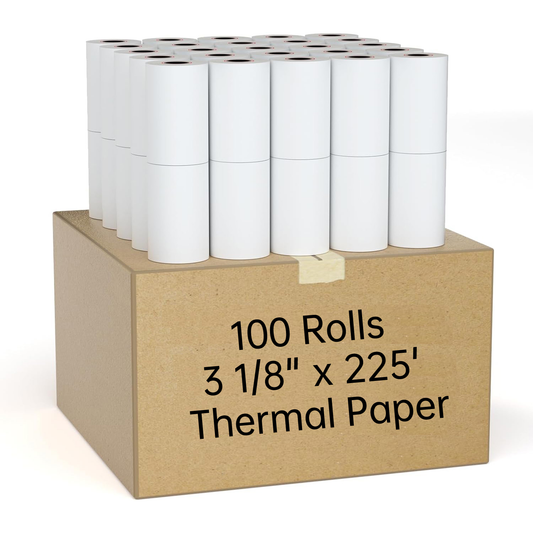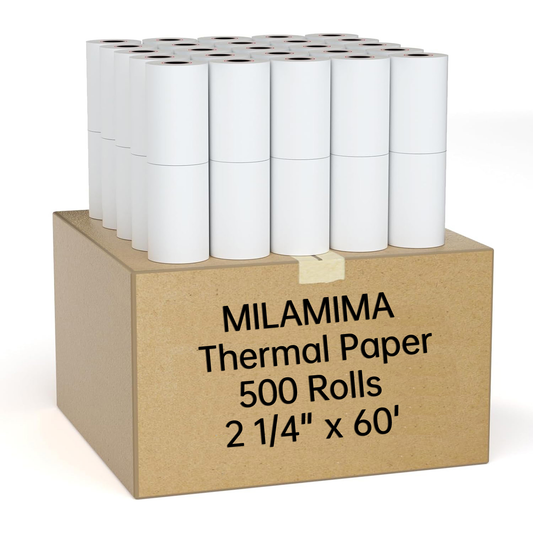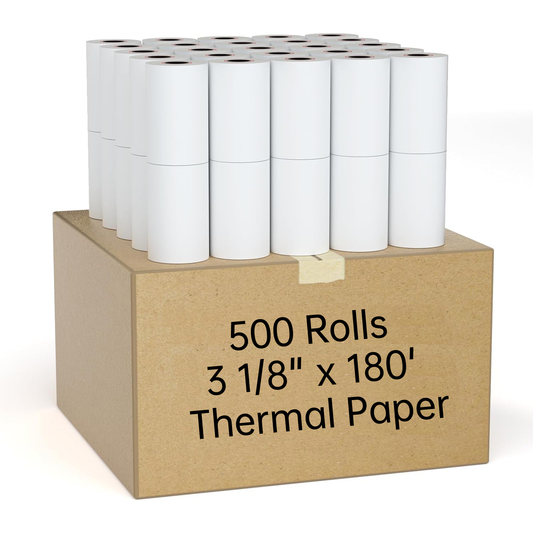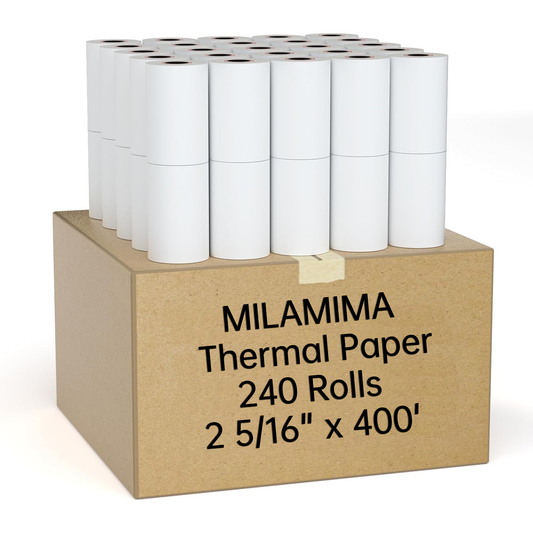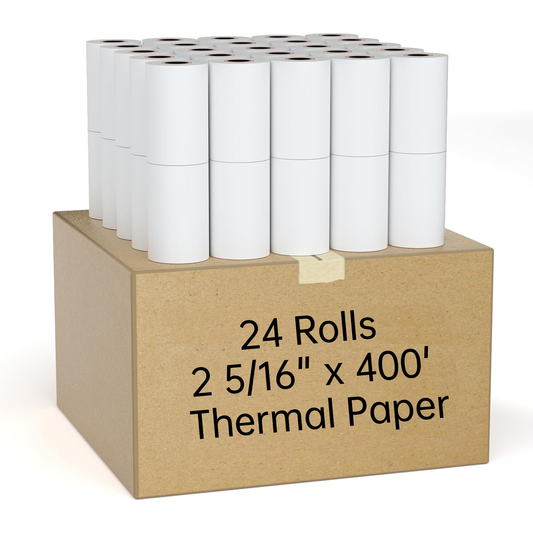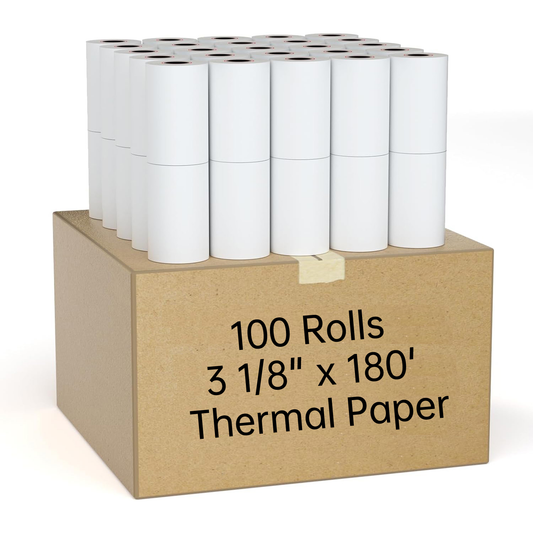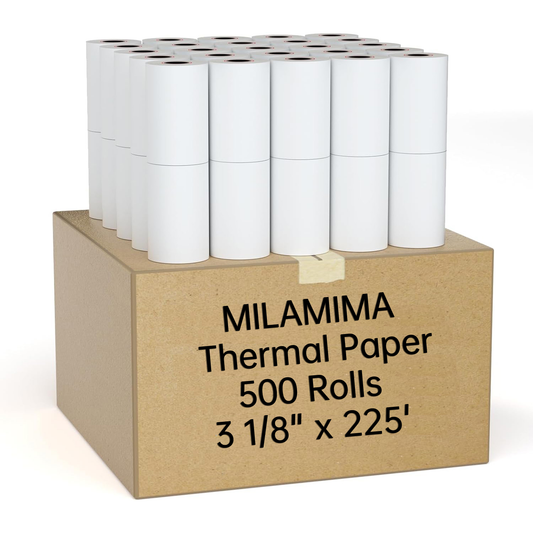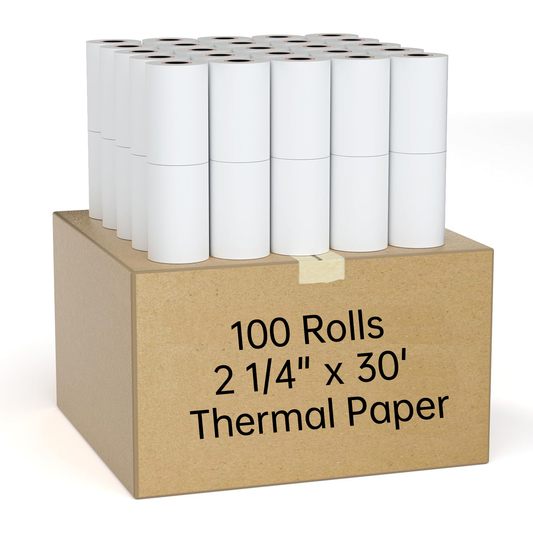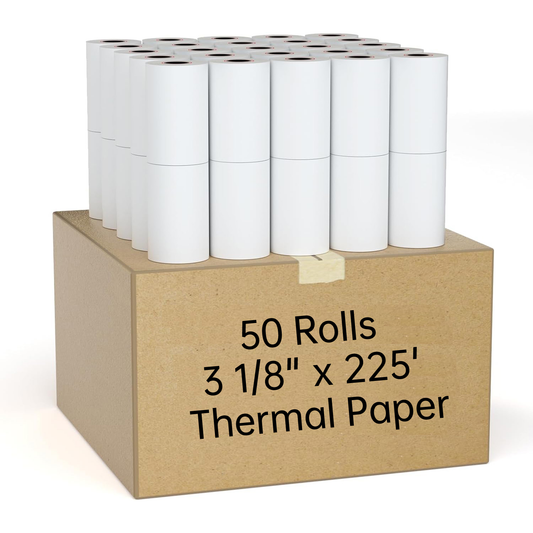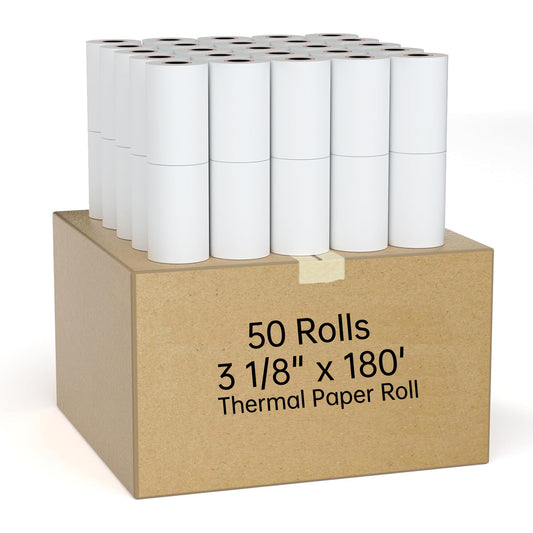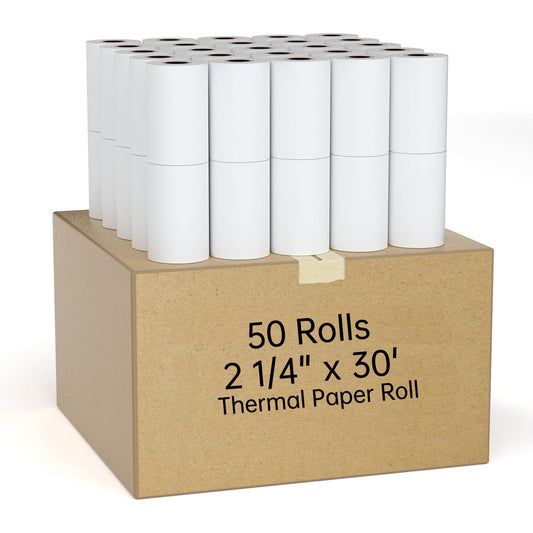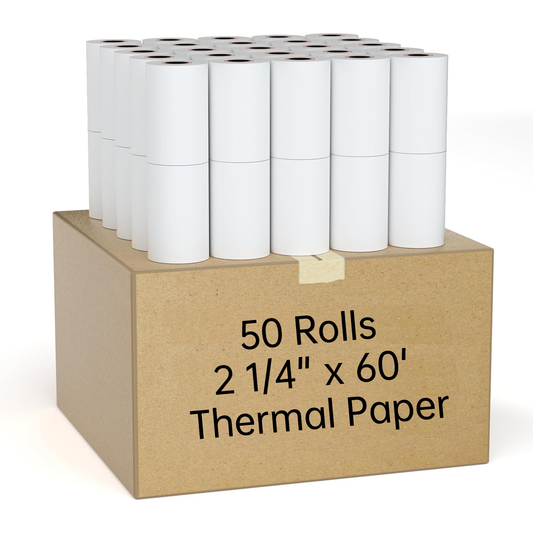When it comes to hunting, few tools are as essential as a good pair of binoculars. Whether you're scouting for game in dense forests or scanning vast open landscapes, having the right binoculars can make all the difference. Here’s how to choose the best binoculars for your hunting needs:
1. Magnification and Objective Lens Size
Binoculars are typically described by two numbers, such as 8x42 or 10x50. The first number represents magnification (e.g., 8x means objects appear 8 times closer than they are) and the second number is the diameter of the objective lens in millimeters. For hunting, popular magnifications are 8x and 10x, offering a good balance between magnification power and stability.
- 8x magnification: Offers a wider field of view and is easier to stabilize without a tripod.
- 10x magnification: Provides more detail over longer distances but may require a steady hand or tripod for best results, especially in large, open areas.
2. Light Gathering Capability
Opt for binoculars with larger objective lenses (e.g., 42mm or 50mm) if you hunt during low-light conditions like dawn or dusk. Larger objective lenses gather more light, making images appear brighter and clearer. This is crucial for spotting game in dimly lit environments.
3. Quality of Optics and Coatings
Invest in binoculars with high-quality optics and coatings. Premium coatings reduce glare and enhance light transmission, which improves visibility in various lighting conditions. Look for terms like "fully multi-coated" or "dielectric coatings" for superior image clarity.
4. Size and Weight
Consider the size and weight of the binoculars, especially if you'll be carrying them for extended periods. Compact models (e.g., 8x32 or 10x32) are lighter and easier to handle but may sacrifice some light-gathering ability compared to larger models (e.g., 8x42 or 10x50). Choose a balance between portability and performance based on your hunting style.
5. Prism Type: Roof vs. Porro
Binoculars use either roof prisms or Porro prisms to transmit light and form images. Roof prism binoculars are more compact, lightweight, and generally more durable, making them ideal for rugged outdoor use. Porro prism binoculars often offer a wider field of view and may be easier to hold steady, but they are bulkier.
6. Budget Considerations
Set a budget based on your needs and preferences. While premium binoculars offer superior optical performance, there are many excellent medium-priced options that provide great value for money. Decide what features are essential for your hunting environment and choose accordingly.
7. Consider Rangefinding Binoculars
For added convenience, consider rangefinding binoculars that combine distance measurement with viewing. These can be particularly useful in open terrain where judging distances accurately is crucial for making precise shots. However, they are typically heavier and more expensive than standard binoculars.
Conclusion
Choosing the right binoculars for hunting involves balancing factors like magnification, light-gathering capability, optical quality, and practicality in the field. Whether you opt for a compact 8x32 model or a robust 10x50 pair, prioritize clarity and durability to enhance your hunting experience.
Remember, investing in a quality pair of binoculars is investing in your ability to scout effectively and make informed decisions in the field. Explore our range of hunting binoculars to find the perfect match for your next outdoor adventure.

